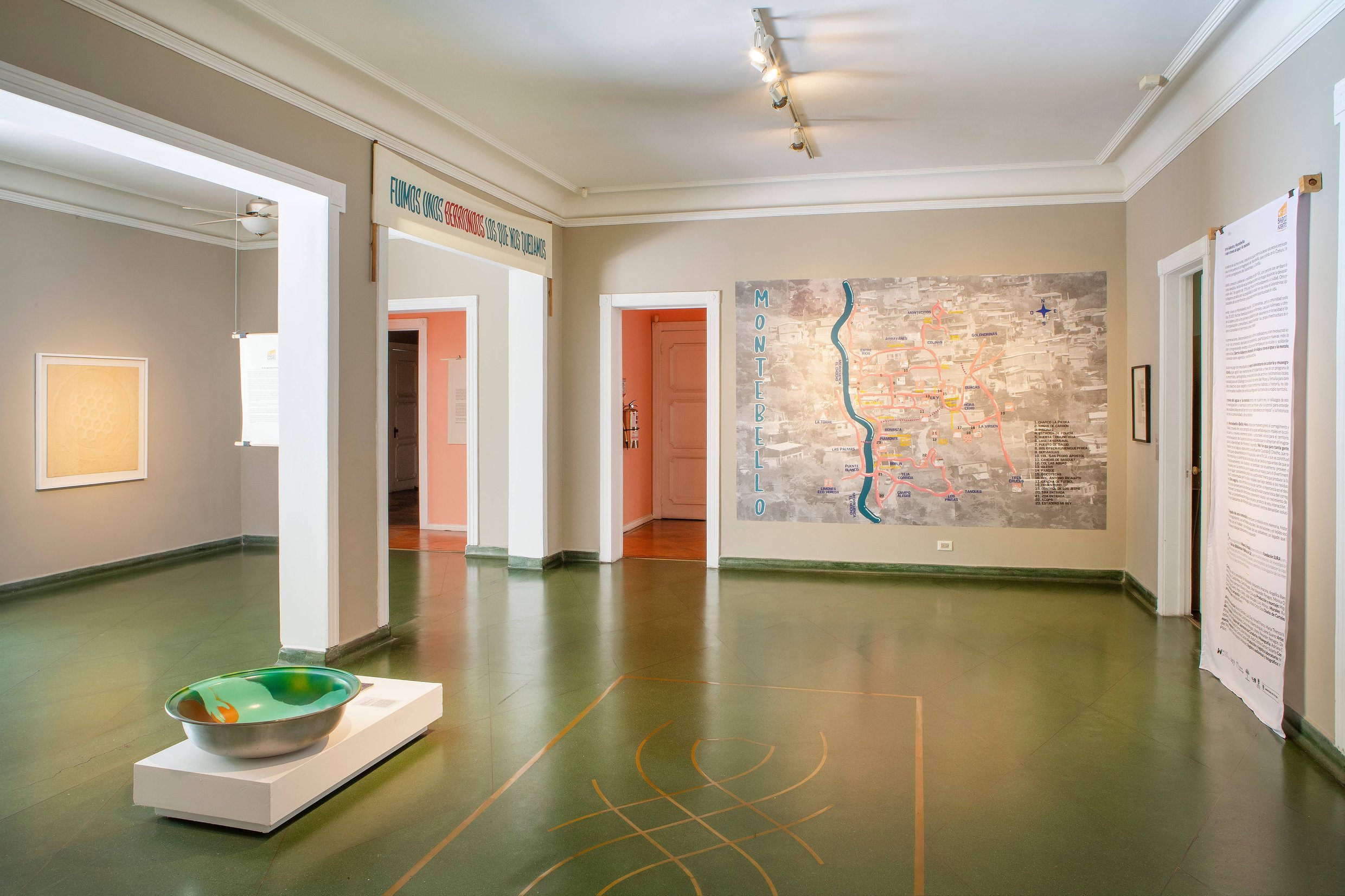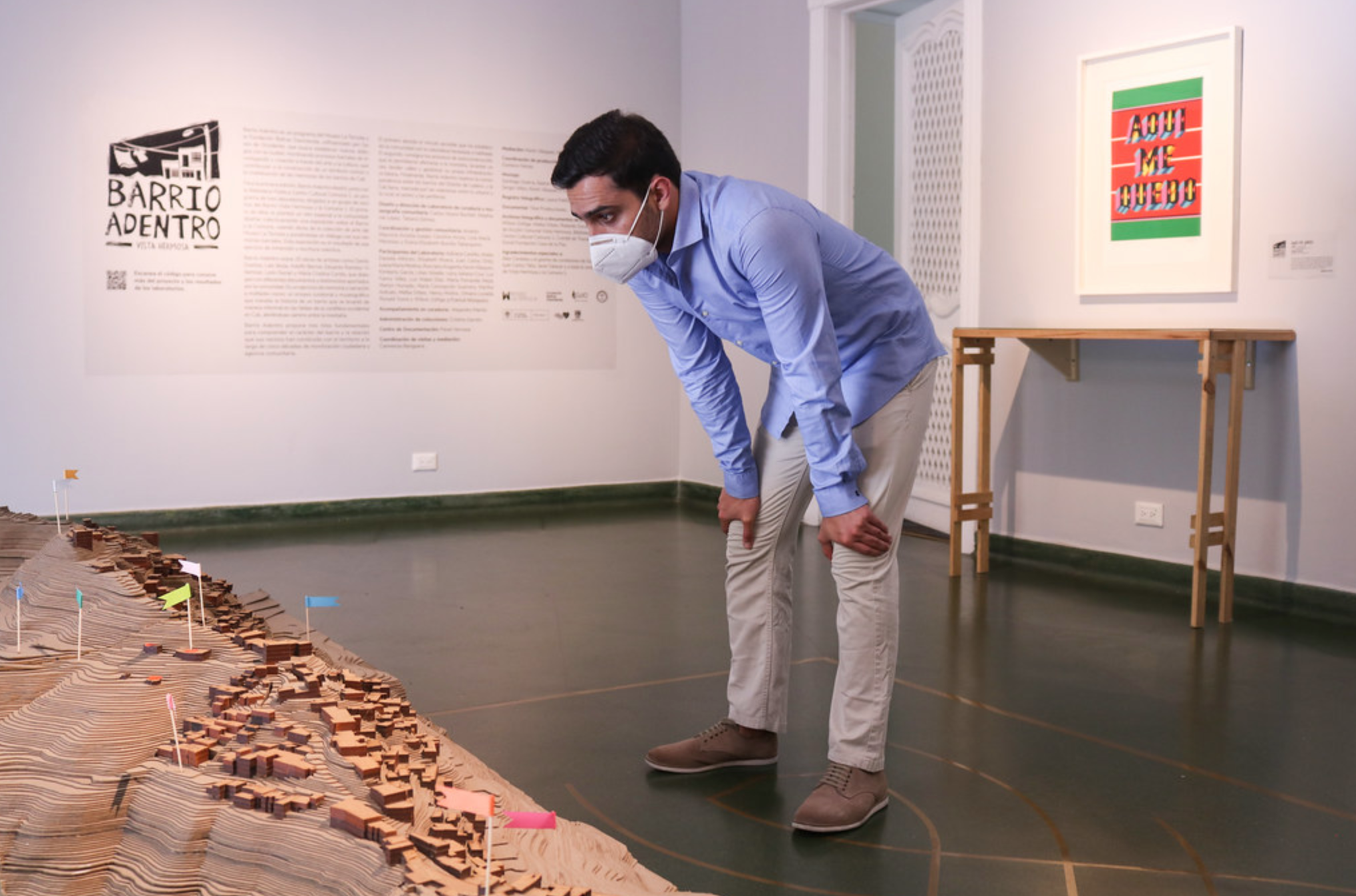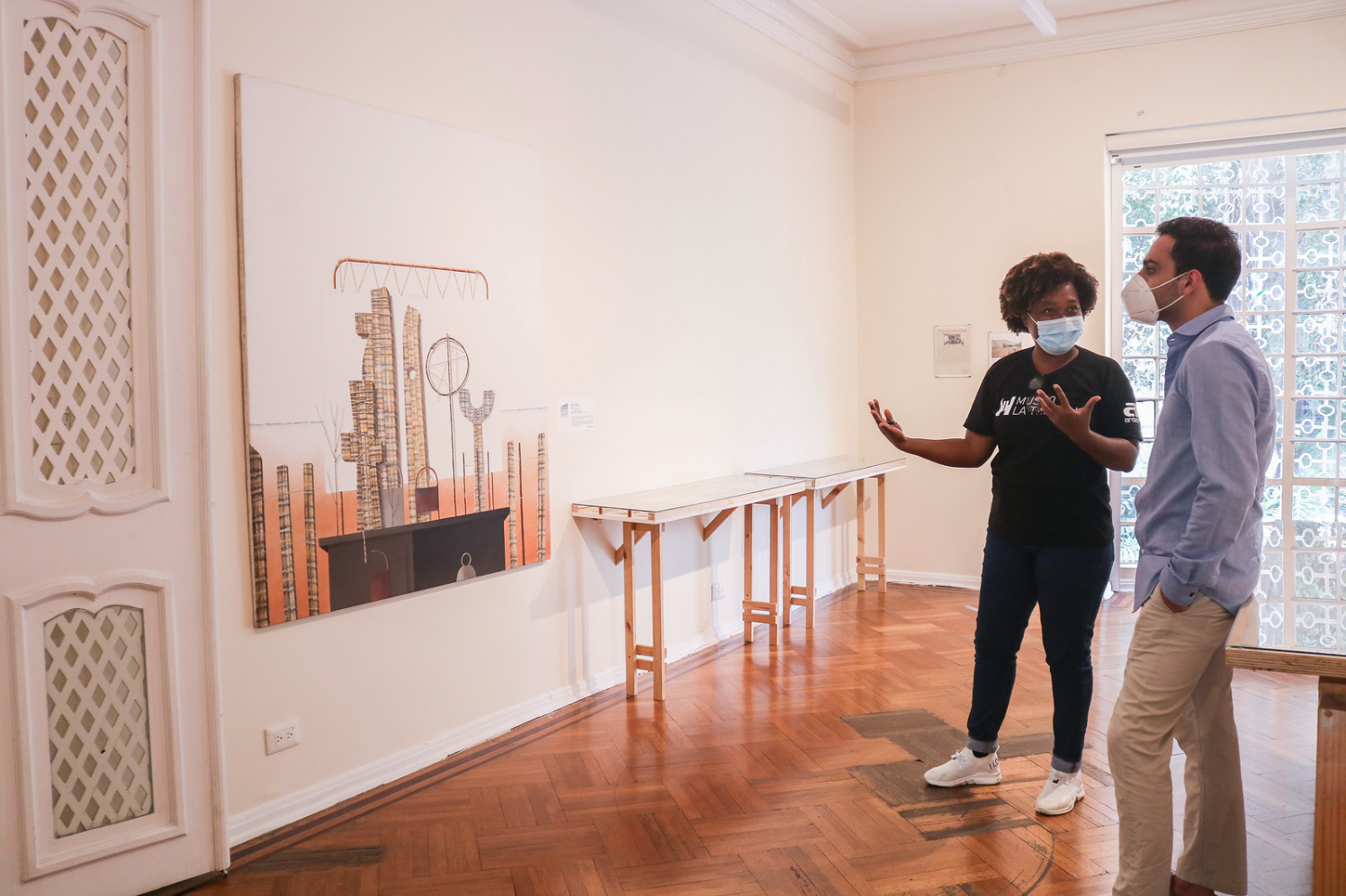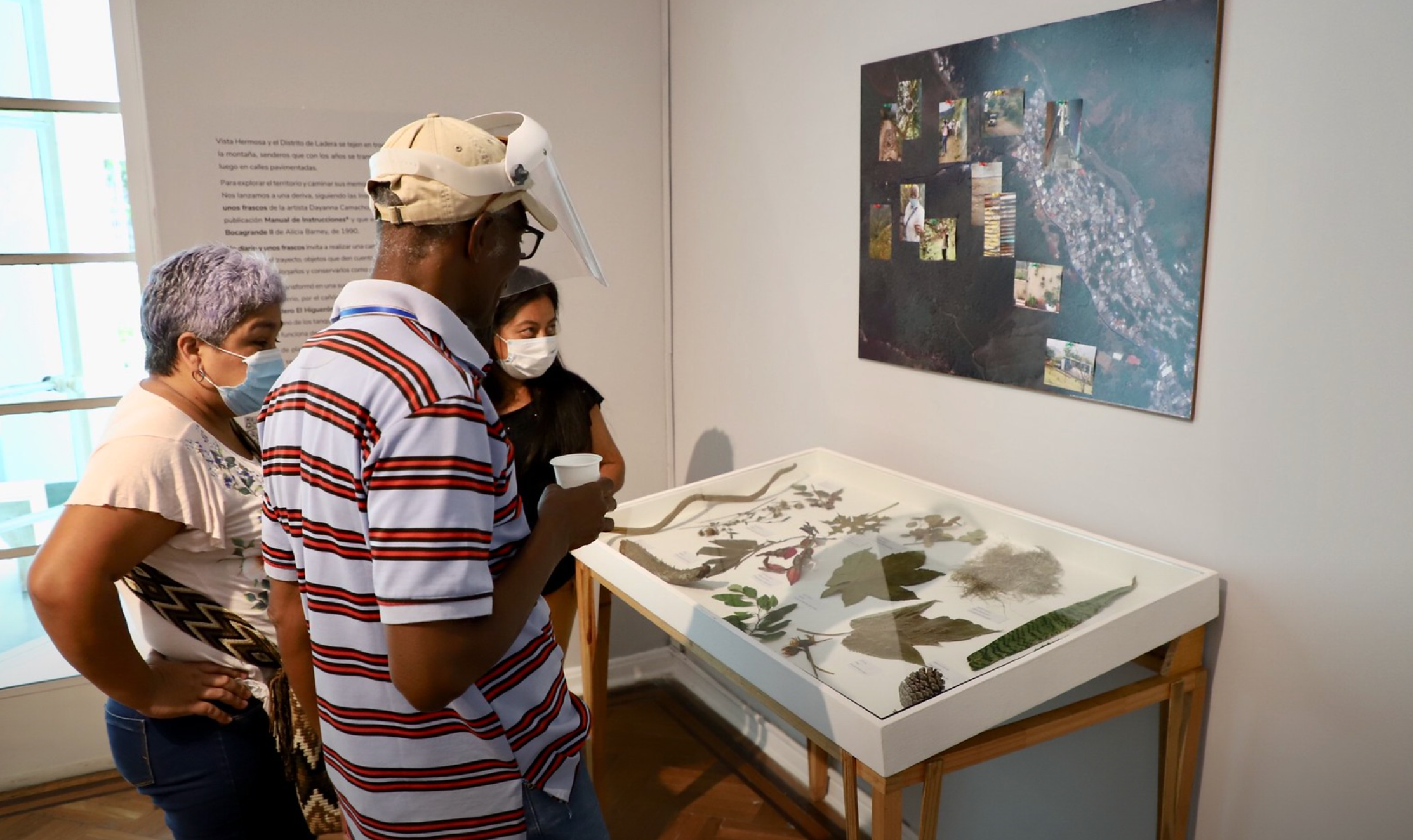Museo La Tertulia
About the individual or institution nominating:
1) Name and Surname of the individual submitting the nomination:
Carlos Hoyos Bucheli
1.1) Institution submitting the nomination:
Museo La Tertulia - La Tertulia museum
About the practice, project or institution nominated:
2) Name of the institution nominated:
Museo La Tertulia - La Tertulia museum
2.1) Name of the director and email address of the institution nominated:
Ana Lucia Llano Domínguez
2.2) Name of the institution, practice or project nominated:
La Tertulia museum
3) Argue in one sentence why you think the project you nominate is outstanding and could serve as an example for the entire community of modern and contemporary art museums.
Barrio Adentro is a program that allows for the identification of new pathways to build ethical dialogues and emotional bonds between the museum and the citizens. This is achieved through community-based pedagogical, curatorial, and museographic strategies capable of mobilizing the production of local narratives, amplifying neighborhood memories, and transforming our perspective on our own collections to enhance their appropriation and social impact.
3) Description of the practice or project. (max. 500 words)
Barrio Adentro, Community Curatorship and Museography Laboratory, is a program that mobilizes neighborhood research and creation processes, aiming to strengthen community gatherings, community leadership, the production of local narratives, the dissemination of neighborhood memories, and the social appropriation of the Museum's collection.
The two versions of Barrio Adentro took place in popular areas of Cali, Colombia: Vista Hermosa (2020-2021) and the Montebello district (2022-2023), located in the western mountain range and on the slopes of Cerro de las Tres Cruces, respectively.
In both community curatorship and museography laboratories, the museum presented a challenge to the community: to build an exhibition that narrated the history of their territories, engaging their neighborhood memories in a dialogue with artworks from the Museum's collection.
The laboratories lasted for three months and had 15 participants per edition, including older adults and young individuals involved in cultural processes. The methodological approach consisted of various stages, mobilized by a simple gesture: we visit you, and you show us your neighborhood; you visit us, and we introduce you to the museum and its collection. Thus, the laboratory was developed based on an essential practice in territorial construction: walking together. The journeys were complemented by social mapping, logs, interviews, the review of neighborhood archives, and the museum's collection, and finally, the construction of a museographic script and the assembly of the exhibition.
The first exhibition, "Barrio Adentro, Vista Hermosa," brought together 20 works by artists such as Danilo Dueñas, Adolfo Bernal, León Ferrari, and María Cristina Cortés, as well as photographic archives, family memories, and neighborhood historical documents. It addressed four dimensions of Vista Hermosa: the first focused on the community's relationship with nature. The second focused on self-construction processes that allowed for populating the mountain. The third explored the relationship between Vista Hermosa and Cali, as well as the tensions between the center and the periphery, the urban and the rural, the legal and the informal. The last dimension transformed into a portrait of "gualas": modified cars used to climb the mountain and mobilize the community.
"Barrio Adentro, Montebello: A Journey Through Water and the Mountain," the second exhibition, gathered 12 works by artists from the collection such as Beatriz González, Fernell Franco, and Ever Astudillo, which engaged in a dialogue with various community photographic and audiovisual archives, as well as local artistic production.
The first axis, "Montebello-Bello Monte," presented the district and its biodiversity in a general way through collective mapping. The second, "No hay agua para tanta gente," addressed the relationship with “Quebrada El Chocho”, a historic and central element for the community that is now contaminated. "Oro negro," the third axis, presented coal mines, their role in the sector's development, and their environmental consequences. Finally, "El legado de una comunidad" focused on the relationship between memory, history, and culture through archives of their cultural activities.
4) Images:





5) Provide links to the institution website as relevant support material:
https://www.flickr.com/photos/museo-la-tertulia/albums/72177720308737751